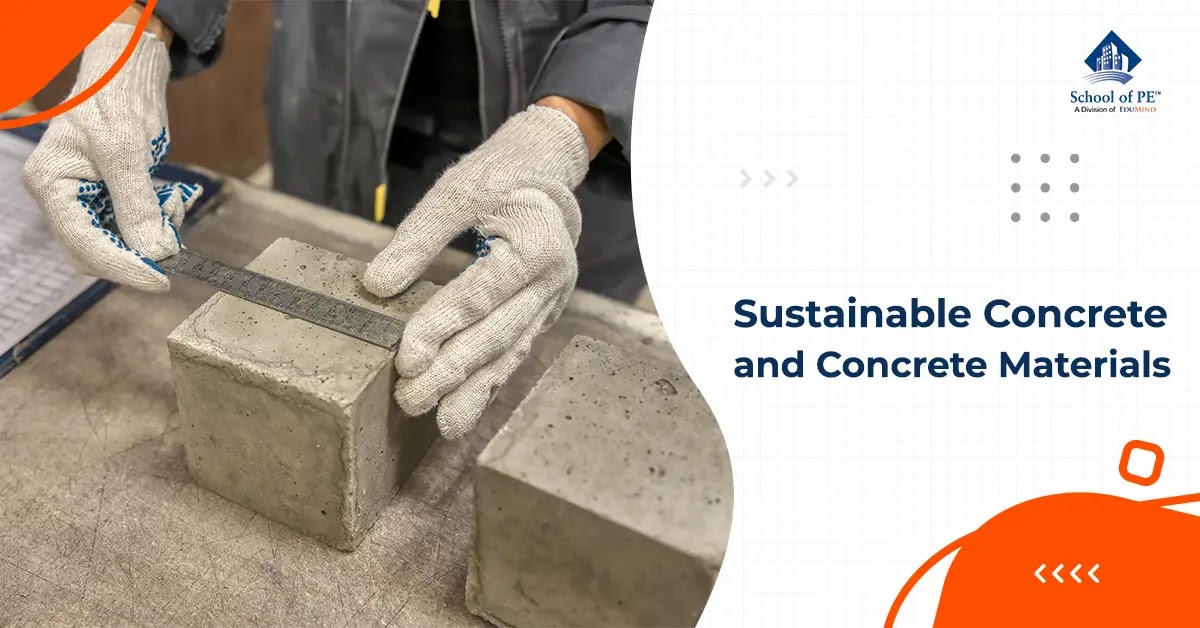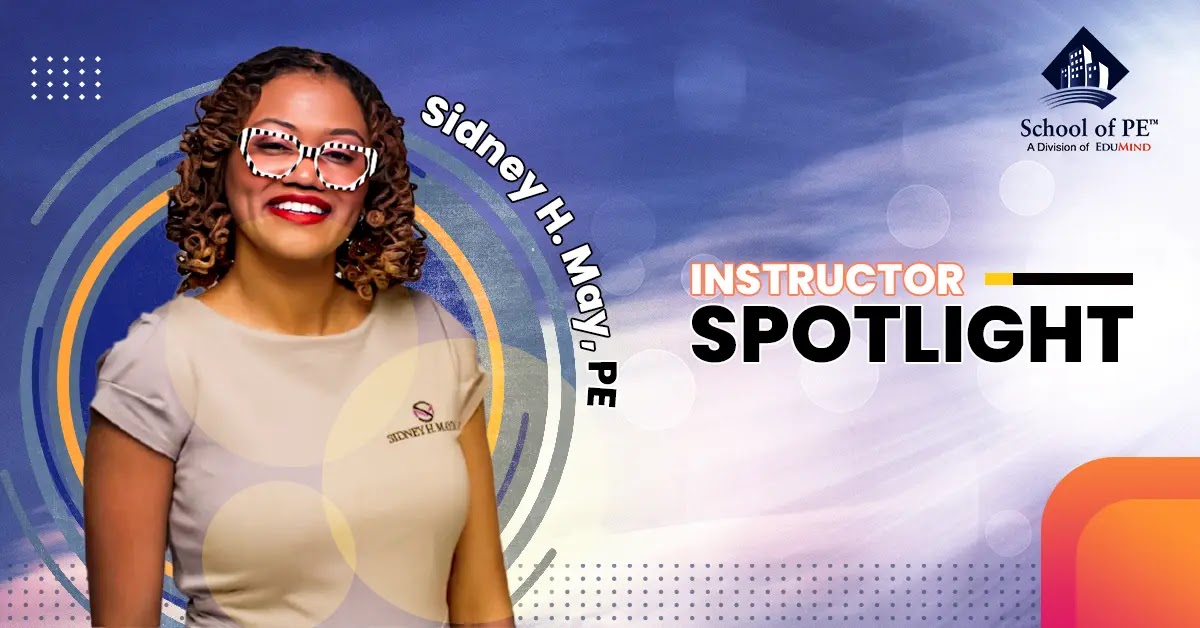One of the biggest struggles in the workplace is productivity, rather than onboarding and retaining employees that contribute to a productive workplace. Signs that you don't have one are symptoms of burnout in employees, frequent arguments that stall improvement, and complaints of being underpaid or underappreciated. Other symptoms include general dissatisfaction in the workplace. Absentee employees, a lack of resources, and job insecurity are all aspects of an unproductive work system and signs that something needs to be fixed.
Luckily, there are ways to improve the work environment that will inevitably lead to a more efficient workflow.
1. What Is Workplace Productivity and Why Does It Matter?
Workplace productivity can be described as the employee's ability to complete tasks and reach company goals as a result. If left untreated, a stagnant workplace leads to the discontent spoken of before and in the end, a broken business. Profits plummet as a result of a noticeable lack of employee determination and lower-quality work.
In contrast, the benefits of a productive workplace include improved employee retention, development of top-performing employees, increased profit, boosted business awareness, a healthy work culture, and ultimately, a successful and thriving business.
2. Characteristics of a Productive Workplace
You'll know your employees are performing at their peak productivity when certain milestones, or rather certain qualities become a standard of your workplace.
- Implementing positive values into a business can give everybody, regardless of their personal position, an accurate depiction of the larger purpose they serve as an employee.
- This leads to an environment in which leadership and teamwork build together to form a helpful coexistence.
- Employees have a swift turnaround and a high quality of work. These don't always improve simultaneously. Steady work with a keen attention to detail is the mark of a good employee.
- Employees have excellent time management skills. They are able to accurately depict how long a specific task will take and how to plan other tasks around it for the most efficient use of time. The ability to understand themselves and know how they work on their own will help the employer understand how to help them work with others.
- Employees
arrive at work with enthusiasm because they know the work expected of them, how to complete it, how long it will take, and how their work contributes to a larger picture.
Employee satisfaction is a major contributor to workplace productivity, and a satisfied employee is a productive one.
- Employees are able to communicate effectively with each other, whether to voice their concerns or their excitement or simply to provide updates on their progress. This comes as a result of non-judgmental open lines of communication.
3. Ways to Improve Your Workplace Productivity
Time Management
Time management is one of the biggest factors in creating a productive workplace. It's not a skill that's easy to learn, but there are tricks to help.
- Build a thinking space for pondering the daily goals and tasks. This can be more mental than physical, but create time that employees can decide what tasks need to get done.
- Create a to-do list that highlights both high and low-priority tasks. For instance, emails. While important for communication purposes and lead generation, emails are a low-priority task that can be done in just a few minutes. Instead, focus on the items that will lead to the ultimate goal and spend less time on those that only make up a fraction of the end result.
- Knowing what the weekly and monthly goals are will help break them down into daily tasks.
- Split larger projects between employees, considering their strengths and weaknesses.
Team Orientation
Create a team-oriented workplace that balances each person's strengths. Teamwork is all about knowing who does what well and filling in the gaps. Here are a few ways to develop a highly productive team.
- Again, learn each other's strengths. It doesn't do well to put one person in a place where they don't work well. Instead, place them with somebody who actually does the job well while emphasizing that it will become a strength eventually. This instills the automatic expectation that they will improve.
- Cultivate an environment of learning. Weaknesses can become strengths if enough effort is put in. Creating an environment in which fear of judgment or punishment is eliminated gives employees room to grow and develop their strengths.
- Participate in team-building exercises. It may sound cheesy and something you might see in a Hallmark rom-com, but they work well to build a community. When community building happens, each person knows where they stand in the greater scheme of things and can see clearly how they fit into the workplace environment.
Recruiting Desirable Employees
Onboard and maintain top-performing employees. Creating a highly effective team starts at the interview. Generally, interviewees will show you their potential for productivity and time management skills at the very beginning. Here are some ways to first obtain, create, and maintain top-performing employees.
- Know what you want from the get-go. Have a specific person in mind, like an avatar of your ideal candidate.
- Structure your interviews to get the most out of them.
- Employees don't always start out being productive. Sometimes it takes seeing that potential in an interview and deciding to put the effort into creating that employee. This takes dedication and a desire to help both your company and your employee succeed.
- Offer training and guidance to help your employees reach their personal goals, as well as business goals.
- Evaluate company culture constantly and search for ways to improve the dynamic between employees that will provide a basis for interactions that lead to high production.
- Certify employees in various capacities.
Offering professional certification as a form of professional development ensures that you, as the employer, have the most productive employee possible.
Support a Work-Life Balance
Give employees the ability to have a healthy work-life balance. Dissatisfaction in the workplace can be terrifically unmotivating. Most adults spend a large portion of their waking hours at work, so helping create a balance between home and work goes a long way in creating happier, more enthusiastic, and, therefore, more productive employees. Here are some ways to strike a better balance.
- Many places don't require full-time in-office work from employees, a realization brought on by the pandemic in 2020. Still, some employers insisted that their employees return to the office, creating dissatisfaction with their employee's work. Allowing for more remote work can help employees feel more satisfied with the work they do.
- In the same vein, encouraging the prioritization of productivity over hours can help as well. Not every day needs eight hours to complete the work. Prioritize the efficiency of the work and quality over the time it takes to complete it.
- Lead by example. Show that you approve of a healthy work/life balance by creating boundaries around your own life, and that they can do the same.
- Respect their home life. Unless it's an emergency, leave work at work and home at home.
- Ensure that your team knows the specifics of each other's priority tasks. This way, if an employee or their family member falls sick, they can take the time off they need, and the business doesn't suffer because you have somebody who knows what needs to get done.
Conclusion
Unproductive employees lead to an unproductive and stagnant business. It's easier to create a culture of productivity from the beginning, but it's not impossible to improve workplace productivity when the signs and symptoms begin to show. Taking the weaknesses within an organization and building them into strengths starts with the workers that make up the bulk of your workforce. By creating a team of productive people, you're enabling your business to achieve greater levels of workplace productivity and are one step closer to reaching your business goals.
Consider partnering with
School of PE to provide your employees with professional development opportunities that will help increase productivity in the workplace!
About the Author: Anna Taylor
Anna Taylor is a freelance writer and avid researcher- a jack of all trades, but a master of none. She graduated from the University of Hawai'i with an Associates Degree in Liberal Arts because she had no idea what she wanted to be when she grew up. She has since found her love of Extended Reality and the possibilities it brings to the world, as well as gardening, cooking, and writing. Anna lives in Interior Alaska with her family.






